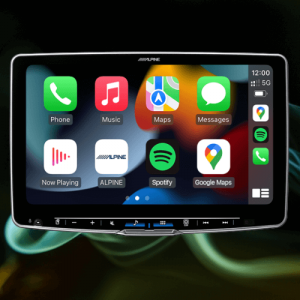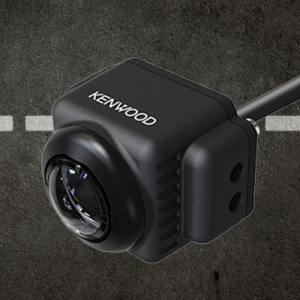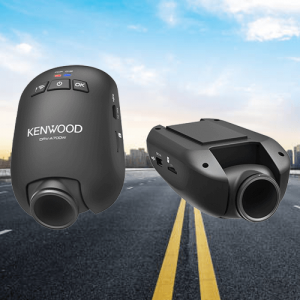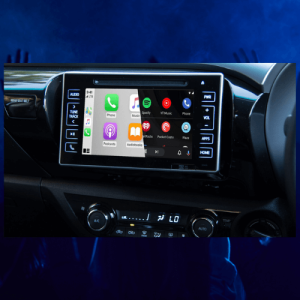No products in the cart.
Troubleshooting Tips for your Reversing Camera Systems for Trucks and Buses
Aside from understanding how the reversing camera works and learning how to use it, it’s also critical that you know how to troubleshoot common problems. This is specifically true if you are running a fleet of trucks and buses fitted with reversing camera systems. Trucks and buses are often used in highly demanding situations and challenging road conditions, thus the attached devices and systems are prone to damages and constant failure. For this reason, it’s important that you should be aware of the problems and know how to troubleshoot these.
Refer to the Manufacturer’s Manual
But before you attempt to repair or address the problems, it’s best that you read first the manual supplied by the manufacturer and read the instructions. Some of the common issues result in poor maintenance or the failure of the vehicle owner to follow the suggestions of the manufacturer in terms of installation and use. Keep in mind that the troubleshooting steps and maintenance instructions may vary from one brand to another so it pays to read and confirm with the manufacturer.
- Always keep the lens clean. The cameras installed on the buses and trucks are often exposed to outdoor elements such as dirt, snow, and grime. If the lens is not regularly cleaned, it may affect the performance of the system. The drivers may not be able to fully see what’s happening at the back of the car. In short, the reversing camera will become less reliable if the lens is dirty.
- Check the monitor if the screen does not load. You can also check the wiring/connections to see if all is properly wired and connected.
- If the image is blurred or black, the issue is with the camera. Check if the camera is clean and free from dirt. It can be caused by a blown fuse. Check the manual to check the location of the fuse and verify if it’s still in good condition. If it’s damaged, then you may need a complete replacement.
Aside from learning how to troubleshoot the system, it’s best to keep in mind a few important things:
- Don’t rely completely on the reversing camera system.
- Always check for the blind spots and get out of the car if necessary to get a complete look of the area.
- The colors of the lines may vary depending on the camera and the car.
- In most cases, you may need a two-camera reversing system. Talk with your supplier to find the best configuration for your fleet of vehicles.






